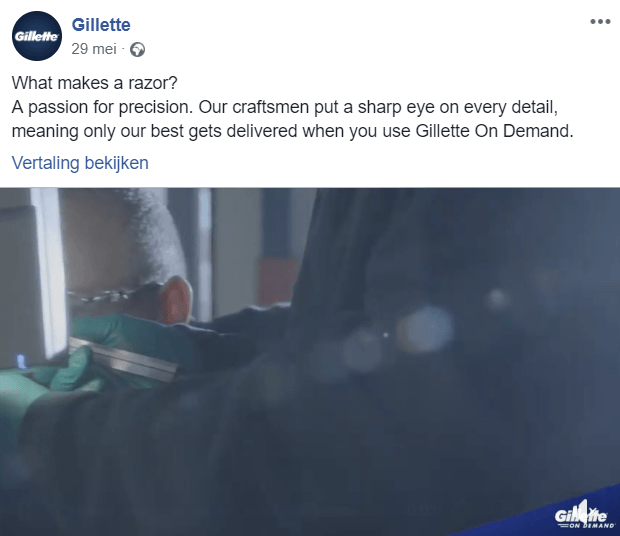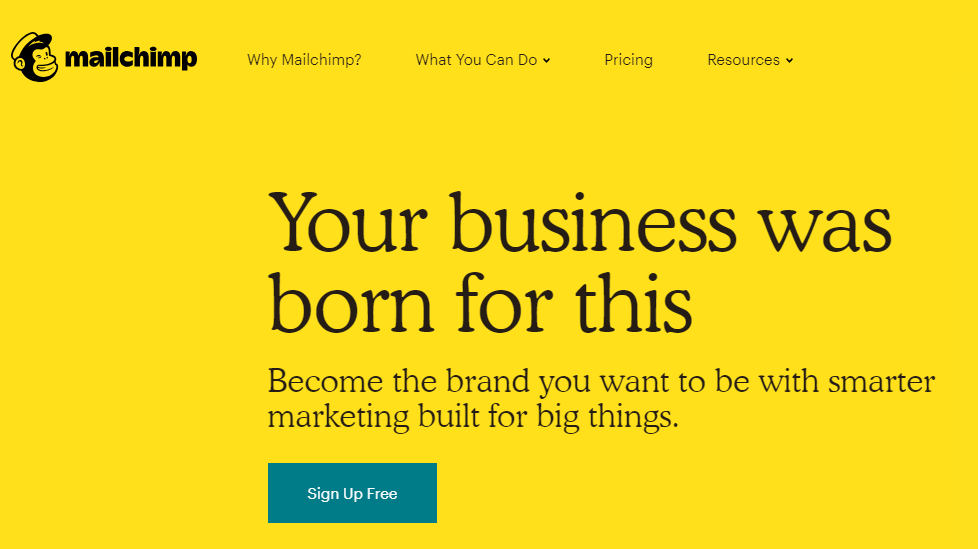*Brand identity
Determining a brand’s own tone of voice: how should you do it?

When does your ‘tone of voice’ become important? While your brand’s logo, typography, and color usage initially communicate indirectly with your target audience, think of them as the clothing, posture, or appearance of a person. They determine the first impression of your brand. Your target audience truly gets to know you when you engage in conversation. This is where the tone of voice comes into play, as it dictates how you should address your audience appropriately. Which tone of voice suits your brand identity? We will discuss the importance of tone of voice in this article.
Tone of voice communicates or underscores, between the lines, the personality traits of your brand. It’s not about what you say but how you say it. Tone of voice applies to all your brand’s communication channels, such as social media, email, and your website. A consistent tone of voice that aligns with your brand’s visual identity creates a uniform character and a coherent perception, building trust with your target audience.
‘Tone of voice is the verbal counterpart to your visual identity.’ (source)
Determining Your Tone of Voice
The first step in defining your tone of voice is to establish your brand’s core values. Before you delve into your brand identity, you need to research and determine the right positioning for your brand. This includes identifying the brand’s core values and distinctive attributes, which you will then translate into building blocks for your brand identity.
An important but often overlooked building block is your brand’s tone of voice. How does your written communication come across? It should be aligned with several factors. The following steps serve as a guide to help you map it out:
Step 1: Who is your target market? Writing for a B2B market requires a different approach than a B2C market. The specific industry also influences this choice.
Step 2: Who is your target audience? Are you writing for homemakers or for executives in industrial companies? Determine which segment of your target audience makes the purchasing decisions.
Step 3: What are the visual elements of your brand identity? Which colors and fonts do you use, and what feelings do these evoke in your audience?
Step 4: What is the purpose of your communication? Are you writing to inform, persuade, or entertain? There are countless variations within these categories.
Of course, you should allow for some variation within your tone of voice. You might communicate in more detail on your website than on your Facebook page. Or your brand might target both teenagers and parents, requiring you to adjust the tone slightly in some cases. However, the core of your tone of voice should remain consistent. You speak from the same convictions and write based on the attributes that align with the rest of your brand identity.
Keep it simple, to-the-point, and honest. Don’t base your tone of voice on characteristics your brand doesn’t possess. For example, don’t write complex and highly technical blogs if your target audience is a customer support team with limited technical knowledge. Creating false expectations that you can’t fulfill is not “authentic.”
Examples of Tone of Voice from Well-Known Brands
There are countless examples of prominent brands with a recognizable and strong tone of voice. Here are a few brief examples:
 Gillette
Gillette
One of the companies that has its tone of voice exceptionally well-established is the razor giant Gillette. Gillette is known for its technologically advanced shaving products, targeting men. The company’s tone of voice is highly confident. Gillette seems to have no need for arguments to prove that they are the best. Like a great leader, the brand addresses its audience. The most recognizable example of this is the advertisements featuring champions like Roger Federer, Tiger Woods, and Thierry Henry. With this, the brand associates itself and its customers with champions. After all, Gillette is “The best a man can get.”

Mailchimp
Another example of a company with the right tone of voice is Mailchimp. The company even has a whole page about it in their style guide. Mailchimp is friendly and straightforward. Mailchimp is confident but not arrogant. Informal but not sloppy. Funny but not childish. Take a look at their social media channels, and you’ll see informative yet approachable messages combined with humorous images and, of course, Mailchimp’s mascot, Freddie. The website is clear and focused on solutions for the customer. The tone? Informal and approachable but with a clear space for their expertise.
Tony Chocolonely

The third example of a company with the right tone of voice is Tony’s Chocolonely. They target the B2C market and distinguish themselves with their colorful packaging, playful font, and logo. Their communication can also be described as playful. On their website, they use short informal texts like ‘ze zijn er weer’ (they’re back) and ‘maak ‘m lekker zelf’ (make it delicious yourself). To complete the friendly and relaxed atmosphere, they don’t use capital letters in the texts on their website.
Implementing Tone of Voice in Communication
Have you mapped out the steps mentioned earlier? Then you’ve laid the foundation for a successful way of communicating. One of the first and often crucial decisions is whether to use ‘u’ (formal ‘you’) or ‘jij’ (informal ‘you’) in your communication. Do you want to be on equal footing with the customer, or do you prefer a more formal, authoritative tone? And that’s just the first example of all the basic considerations you need to make for a clear tone of voice. Choose what best fits your brand identity and positioning, and ensure consistency in all your communication efforts. A recognizable tone and style make people feel comfortable with your content, making it easier for them to read, share, and understand.
The tone is what gives your content personality and sets it apart. It can transform even the most boring production process into a technological marvel. Utilize the possibilities of language; the psychological effect of this is just as important in the long term as that of color, shape, and imagery.